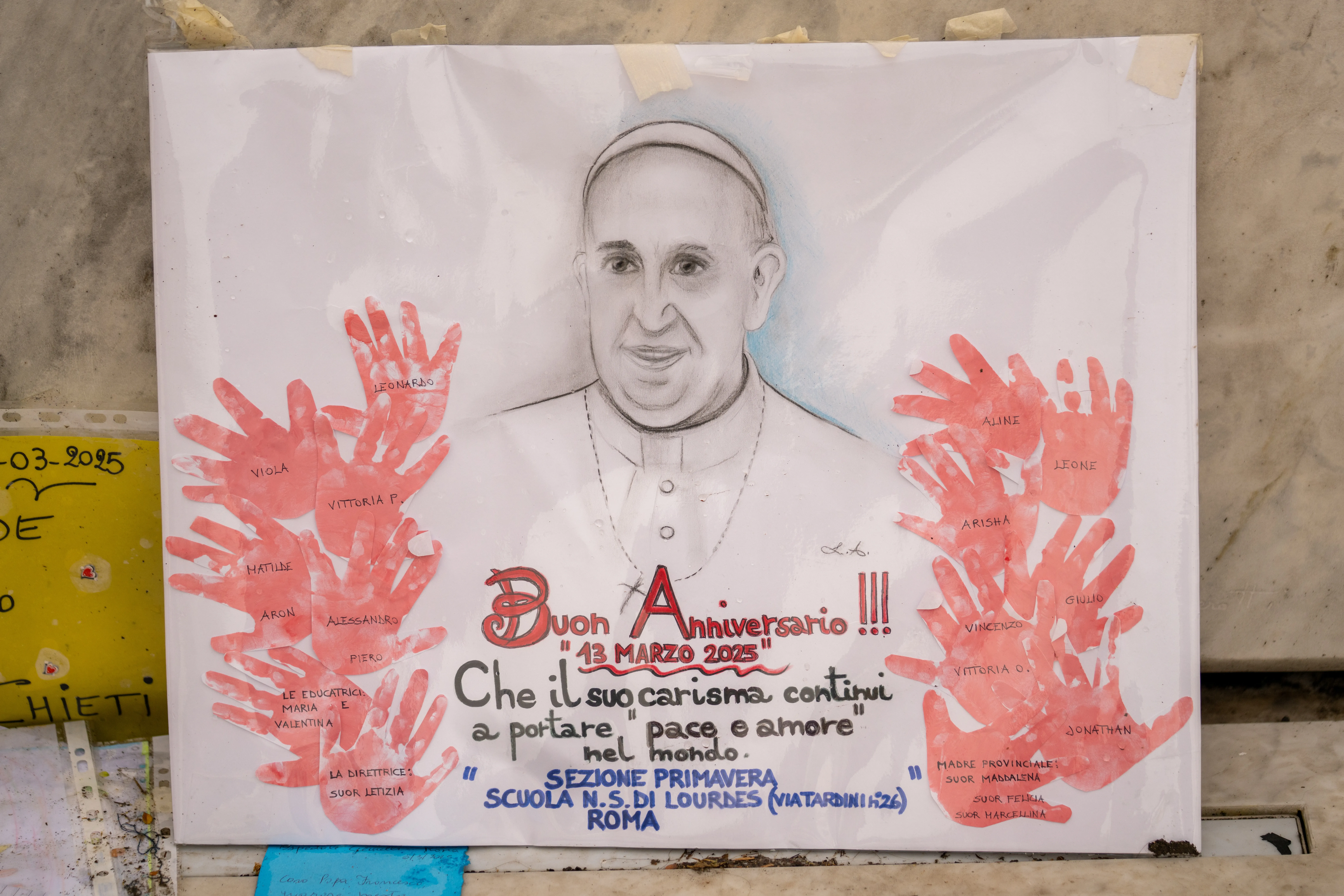The Holy See’s total income in 2021 is expected to be down by $112 million from 2019, the budget shows. Most of that difference, almost $100 million, is from self-generated revenue.
While external donations in 2021 are projected to be about $4.5 million under what they were in 2019.
Guerrero said they expect that “many of the revenue streams that have declined with the pandemic will be able to resume when the overall situation improves.”
The Vatican Museums, a major source of revenue for the Holy See, was seriously impacted in 2020 when it was closed to the public much of the year.
With diminished tourism, and a new closure starting March 15, that loss is projected to continue in 2021.
(Story continues below)
Despite the losses, Guerrero emphasized the Vatican’s commitment to continuing to pay employee salaries throughout the coronavirus crisis.
In the pandemic, APSA also gave discounts on rent for shops in Vatican-owned buildings.
In the 2021 budget, the Dicastery for Communication, which employs a large number of lay people, will spend a projected more than $51 million, and is the largest single expenditure for the Holy See, followed by supporting the apostolic nunciatures at $49 million.
Earlier this month, the prefect of the Dicastery for Communication, Paolo Ruffini, gave an interview to the Vatican newspaper in which he said the dicastery is open to receiving private donations “to reduce the use of the Holy See’s resources.”
In recent years, the Vatican News website has included a link to a donation page.
“The Holy See, let me insist on this, helps the mission of the Holy Father and is supported fundamentally thanks to the contribution of the faithful,” Guerrero said. “From one side, we can only be grateful for the generosity of the faithful in this very difficult year: in the midst of the difficulties of this time of pandemic they have continued to collaborate because they believe in the mission of the Church and want to support the Holy Father.”
Hannah Brockhaus is Catholic News Agency's senior Rome correspondent. She grew up in Omaha, Nebraska, and has a degree in English from Truman State University in Missouri.








